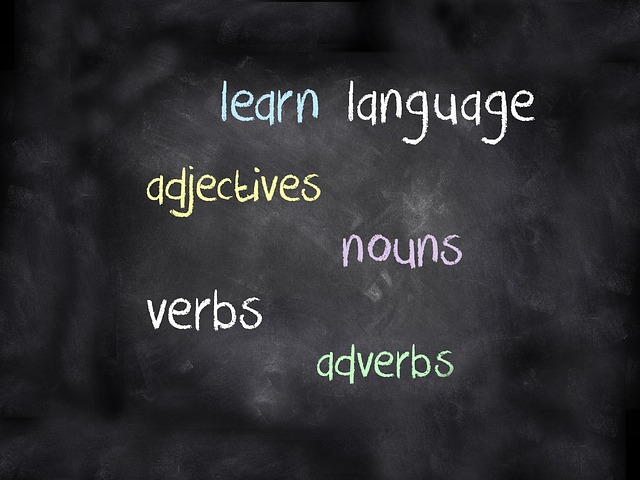Community-Based Methods to Sustain Regular Practice
Sustaining regular language practice is easier when learners engage with community-based methods that encourage steady, social, and practical use. This article outlines approachable strategies that help learners build fluency through structured group activities, peer support, and accessible routines suited to varied schedules and goals.

Sustaining language practice over time is often the biggest challenge after initial enthusiasm fades. Community-based methods leverage social structures, shared goals, and local services to create routines that support consistent practice. These methods focus on meaningful interaction—conversation, listening, and speaking—within small groups, tandem partnerships, or neighborhood programs, helping learners steadily expand vocabulary and improve pronunciation while maintaining motivation and confidence.
conversation
Group conversation circles and tandem partnerships make conversational practice regular and social. Scheduled meetups—virtual or in community spaces—give learners recurring opportunities to apply grammar and vocabulary in real contexts. Facilitators can design prompts that encourage turn-taking, role-play, and real-world dialogues so participants focus on comprehension and speaking flow rather than perfection. Rotating partners and small-group feedback sessions also help learners track progress and reduce anxiety, strengthening confidence and conversational fluency over weeks and months.
vocabulary
Community approaches to vocabulary emphasize use over rote memorization. Themed word banks for homework clubs or neighborhood book swaps provide focused lists tied to everyday activities: shopping, travel, work, or hobbies. Peer-led flashcard sessions and collaborative vocabulary walls in community centers turn learning into shared practice. When learners encounter new words repeatedly in conversation and short microlearning exercises, retention improves. Local libraries or curriculum coordinators can curate lists aligned with learners’ goals to make practice efficient and relevant.
pronunciation
Pronunciation benefits from repeated, guided practice in communal settings where feedback is constructive and paced. Group drills, short pronunciation clinics hosted by tutors, and peer-shadowing exercises help learners isolate troublesome sounds and intonation patterns. Recording short speaking tasks and playing them back in small groups allows learners to self-assess and receive targeted tips. Immersion-style meetups where native speakers model phrases and stress patterns provide contextual cues that reinforce accurate pronunciation while preserving learners’ confidence.
listening
Listening stamina grows when communities expose learners to varied accents and realistic speech rates. Local conversation hours, film nights, and podcast clubs encourage regular listening practice within a social frame: participants discuss comprehension, note unfamiliar vocabulary, and repeat short segments aloud. Structured assessments—informal quizzes or group comprehension tasks—help track improvement over time without high pressure. Sharing curated audio resources through community channels keeps learners engaged in daily listening, which complements speaking practice and supports overall fluency.
microlearning
Microlearning sessions fit neatly into busy schedules and are easy to scale in community programs. Short, focused activities—five- to ten-minute pronunciation drills, single-sentence conversation challenges, quick vocabulary quizzes—can be integrated into daily community routines or delivered via messaging groups. Peer accountability encourages consistency: members share daily micro-tasks and report progress. When microlearning aligns with a broader curriculum or assessment checkpoints, small wins accumulate, reinforcing habits that support sustained speaking and listening growth.
immersion
Local immersion opportunities deepen language use through cultural and practical engagement. Community-organized cooking classes, volunteer shifts, or hobby groups conducted in the target language create natural contexts for grammar and vocabulary to be applied. Immersion doesn’t require relocation; consistent participation in locally available events exposes learners to authentic language use and social norms. Tutors and community coordinators can scaffold these experiences so learners of different levels participate meaningfully, fostering multilingualism and long-term confidence in real-life situations.
Conclusion Community-based methods provide practical, social, and flexible ways to sustain regular language practice. By combining conversation groups, vocabulary-focused activities, pronunciation clinics, listening clubs, microlearning routines, and immersion events, learners build consistent habits that improve speaking, comprehension, and confidence. These approaches work together to create supportive environments where practice becomes a shared activity rather than a solitary task, increasing the likelihood of lasting progress.






